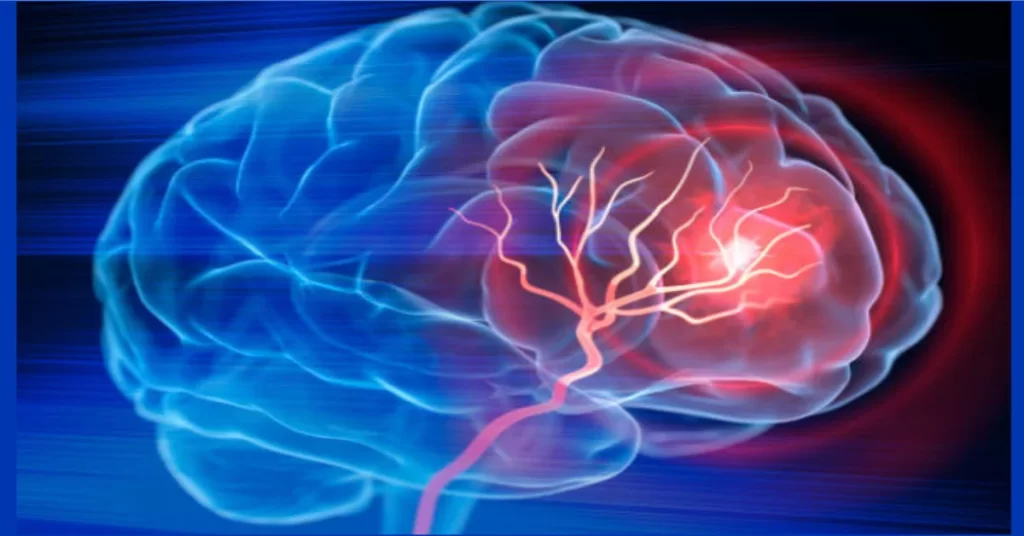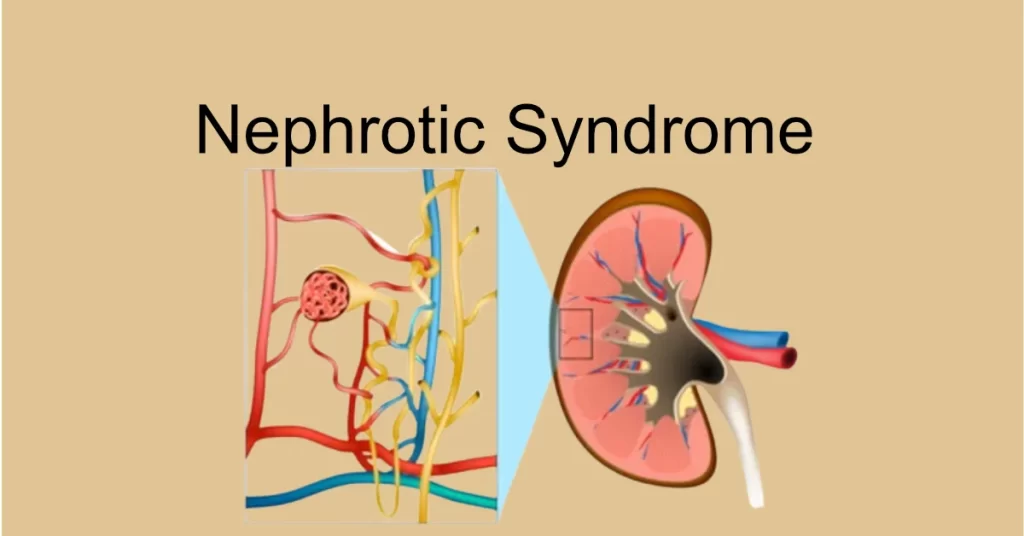Seizures: Causes, Types, Symptoms, and Treatments

Seizures are a common neurological disorder characterized by abnormal electrical activity in the brain. This article will explore the causes, types, symptoms, and treatments of seizures.
Introduction: Seizures are a serious health condition that can affect anyone. It is a condition that causes a person to lose consciousness, convulse, and experience abnormal movements. It can be a result of various underlying conditions and can be challenging to manage.
What are seizures?
Seizures are a neurological condition that results in a sudden surge of electrical activity in the brain. This can cause changes in behavior, movements, and consciousness. Seizures can be mild or severe, and they can occur in various forms.
Types of seizures
There are different types of seizures, and they can be classified as follows:
1. Focal seizures: This type of seizure occurs in a specific area of the brain and can cause changes in sensation or movement.
2. Generalized seizures: This type of seizure affects the entire brain and can cause loss of consciousness and convulsions.
3. Absence seizures: This type of seizure is more common in children and can cause a sudden brief loss of consciousness.
4. Myoclonic seizures: This type of seizure causes brief, jerking movements of the limbs or body.
Causes of seizures
Seizures can be caused by various factors, including:
1. Epilepsy: This is the most common cause of seizures. It is a neurological disorder that affects the brain’s electrical activity and can cause seizures.
2. Head injury: Trauma to the head can result in seizures.
3. Brain infections: Infections such as meningitis and encephalitis can cause seizures.
4. Stroke: Sudden loss of neurological function lasting more than 24 hours due to a vascular cause, resulting in seizures.
Symptoms: The symptoms of seizures can vary depending on the type of seizure, but common symptoms include:
- Loss of consciousness
- Convulsions or jerking movements
- Changes in behavior
- Changes in sensation
Diagnosing Seizures: Diagnosing seizures can be challenging as symptoms can vary widely depending on the type of seizure and the underlying cause. Doctors will typically perform a physical exam and order imaging tests such as an MRI or CT scan to identify any abnormalities in the brain. In some cases, an EEG (electroencephalogram) may be ordered to measure the electrical activity in the brain.
Management: There are various treatments for seizures, including:
- Medications: Anticonvulsant drugs can be used to prevent seizures.
- Surgery: In some cases, surgery may be necessary to remove the part of the brain causing the seizures.
- Vagus nerve stimulation: This is a procedure that involves implanting a device that sends electrical impulses to the brain to help prevent seizures.
Note: Managing seizures typically involves a combination of medication and lifestyle changes
Conclusion: Seizures are a serious neurological condition that can be caused by various factors. It is essential to seek medical attention if you or someone you know experiences seizures. With proper treatment and management, it is possible to control seizures and improve quality of life.
It’s important to take medication as prescribed and not to stop taking it without consulting a doctor. Lifestyle changes such as getting enough sleep, avoiding stress, and avoiding triggers such as alcohol or drugs can also help manage seizures.
FAQs about seizure:
1. Can seizures be cured?
There is no known cure for seizures, but they can be managed with proper treatment and medication.
2. Are seizures hereditary?
Some types of seizures may be hereditary, but not all seizures are depending on the cause.
3. Can stress cause seizures?
Stress can trigger seizures in some people with epilepsy, but it is not a direct cause of seizures.
4. How long do seizures last?
Seizures can last from a few seconds to several minutes.
5. Can you die from a seizure?
It is rare to die from a seizure, but it can happen if the seizure is prolonged or if it occurs in a dangerous location.






Responses